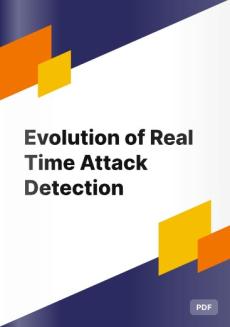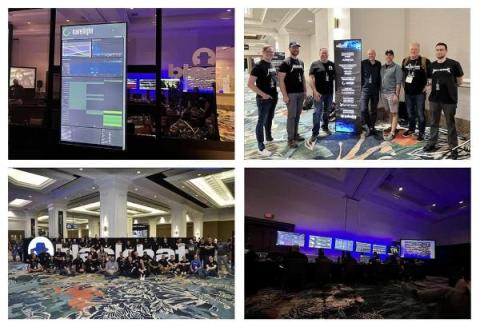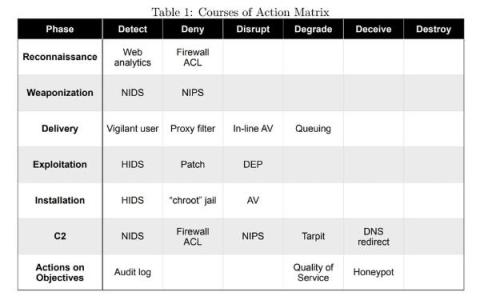Using Corelight to Identify Ransomware Blast Radius
Over the past few months, ransomware targeting healthcare organizations has been on the rise. While ransomware is nothing new, targeting healthcare organizations, at the extreme, can impact an organization’s ability to engage in anything from routine office visits to life-or-death diagnoses, treatments, and patient care.







